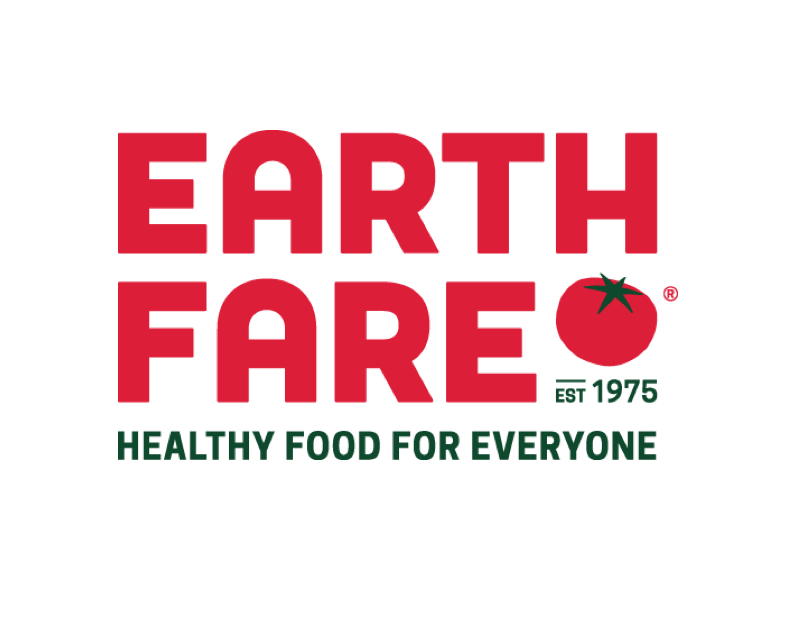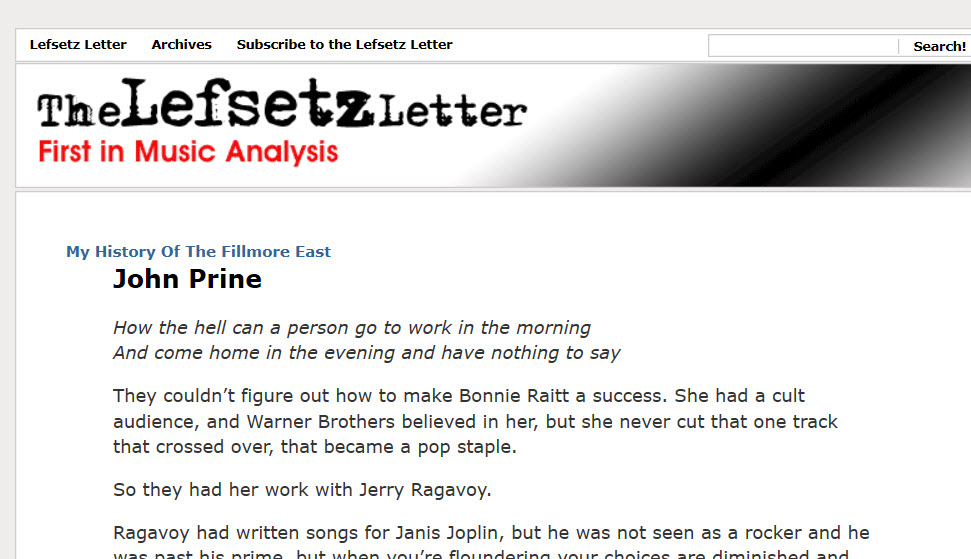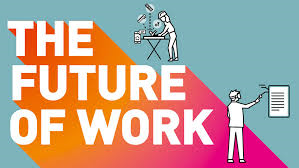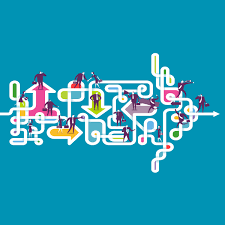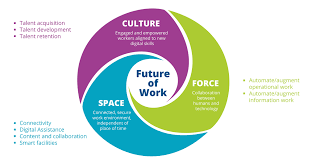Brand Architecture Is For Babies.
 The other day I wrote about marko-babble, the effluvial language in branding and marketing that makes our craft less finite and more interpretive. Head on, I’m going to share a few marko-babble terms you won’t hear from an engagement with What’s The Idea?
The other day I wrote about marko-babble, the effluvial language in branding and marketing that makes our craft less finite and more interpretive. Head on, I’m going to share a few marko-babble terms you won’t hear from an engagement with What’s The Idea?
You will not hear about brand hierarchy. If it’s critical to brand success or customer success, it’s included in the framework (one claim, three proof planks.)
You will not hear about brand architecture. At What’s The Idea? there is only an organizing principle. One that allow for consumer and market change. Architecture suggests structure whereas an organizing principle allows for fluidity of components. Don’t get me wrong, the organizing principle is binary (you are either off or on strategy) but it’s not immovably static.
You will not hear about brand voice. We are a polyglot world with polyglot consumers.
We will not talk of brand platform. See organizing principle.
And there will be no talk of brand narratives. Or brand story. Stories get old. Jokes get old. Yes, some stories have morals and been shared over the generations. What sticks is up to the buyer, not the seller.
There will be no discussion of brand passion, only dispassionate product and consumer insights. Passion is in the eye of the beholder.
What you will hear.
You will be encouraged to do research, both qual and quant. There will be constant and unbridled learning. It will become a virus — waking you up at night. You will always be on in search of new demonstrations of the brand claim, fitted to the proof planks.
Also, you will be asked to think with an interdisciplinary worldview. Where all parts work within the organizing principle. (In the ad business, I recall sometimes how hard it was to develop a radio spot to work seamlessly with a TV spot.) Campaigns rarely translate. An organizing principle translates.
Some guidelines for brand success, brought to you sans marko-babble.
Peace.


